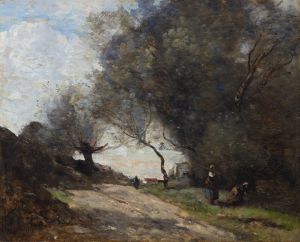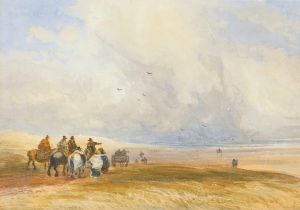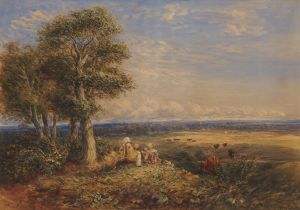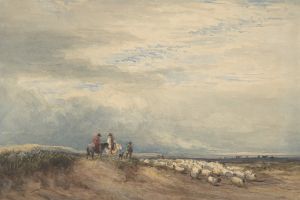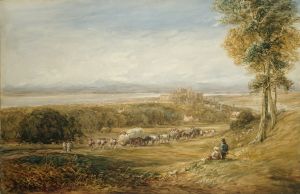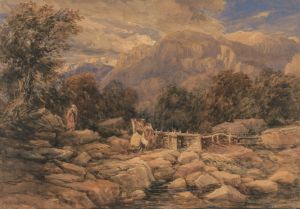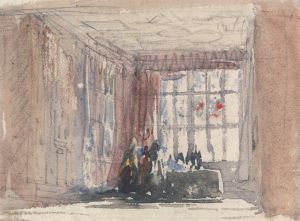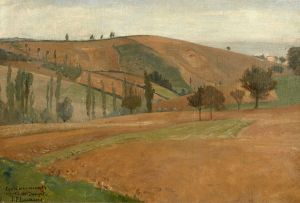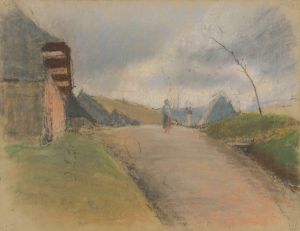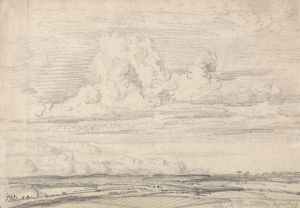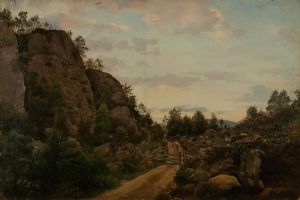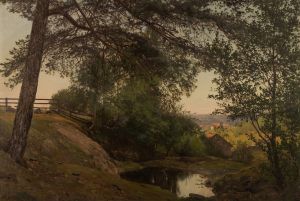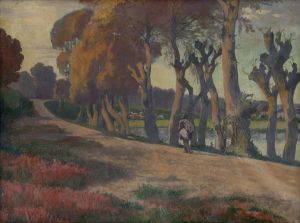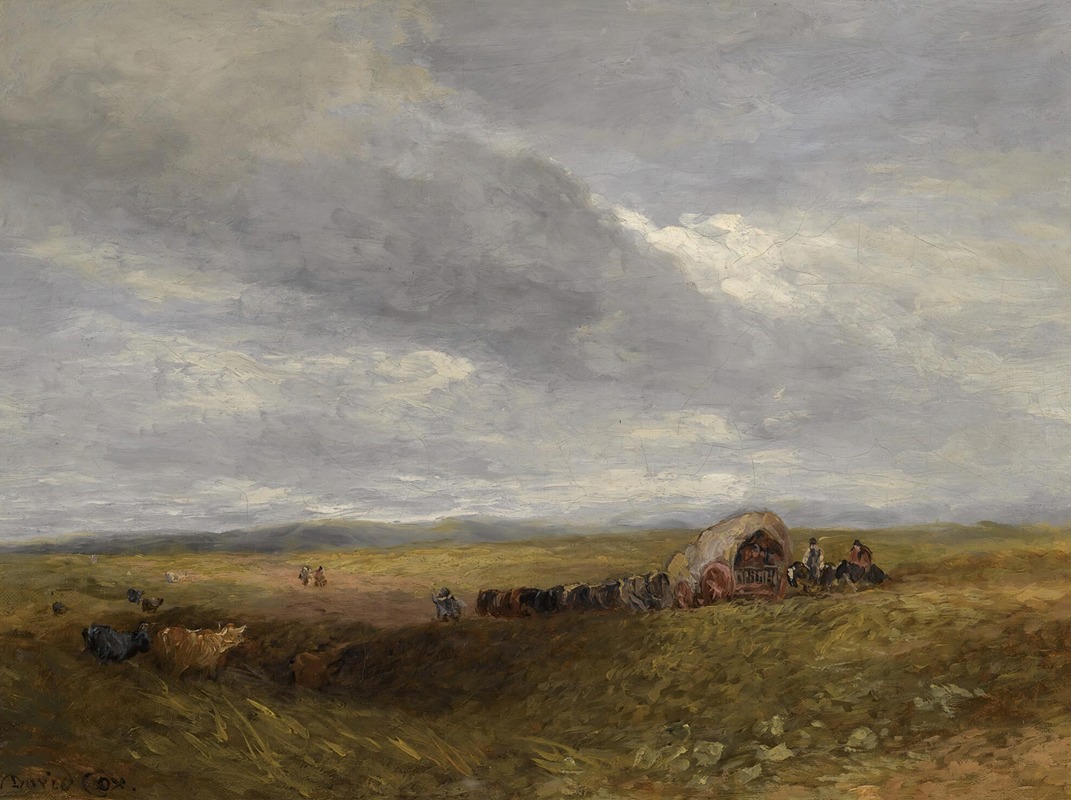
Travellers in a landscape
A hand-painted replica of David Cox’s masterpiece Travellers in a landscape, meticulously crafted by professional artists to capture the true essence of the original. Each piece is created with museum-quality canvas and rare mineral pigments, carefully painted by experienced artists with delicate brushstrokes and rich, layered colors to perfectly recreate the texture of the original artwork. Unlike machine-printed reproductions, this hand-painted version brings the painting to life, infused with the artist’s emotions and skill in every stroke. Whether for personal collection or home decoration, it instantly elevates the artistic atmosphere of any space.
David Cox was a prominent English landscape painter of the 19th century, known for his contributions to the development of watercolor painting. His work, "Travellers in a Landscape," exemplifies his mastery in capturing the essence of the English countryside and the transient moments of everyday life. Although specific details about this particular painting are limited, it is representative of Cox's broader body of work, which often depicted rural scenes with figures engaged in travel or daily activities.
David Cox was born in Birmingham, England, in 1783. He initially worked as a scene painter for the theatre before turning his focus to landscape painting. Cox became a key figure in the Birmingham School of landscape artists and was influential in the development of English watercolor painting during the 19th century. His works are characterized by their loose brushwork, vibrant use of color, and ability to convey the atmosphere and mood of the natural environment.
"Travellers in a Landscape" likely features some of the common elements found in Cox's paintings, such as expansive skies, rolling hills, and figures that are harmoniously integrated into the landscape. Cox had a keen interest in the effects of light and weather, often depicting scenes under varying atmospheric conditions. This interest in capturing the transient effects of nature aligns him with the Romantic movement, which emphasized emotion and the sublime beauty of the natural world.
Cox's technique involved the use of broad washes and a limited palette, which allowed him to create a sense of depth and movement within his compositions. His approach to watercolor was innovative for the time, as he often worked on rough-textured paper to enhance the expressive quality of his paintings. This technique enabled him to achieve a remarkable level of detail and texture, despite the fluidity of the medium.
Throughout his career, Cox traveled extensively across Britain, drawing inspiration from the diverse landscapes he encountered. His travels provided him with a wealth of material for his paintings, and he was particularly fond of depicting scenes from Wales, where he frequently visited. The figures in his landscapes, such as those likely present in "Travellers in a Landscape," often serve to animate the scene and provide a narrative element, inviting viewers to imagine the stories behind the depicted journeys.
David Cox's contributions to landscape painting were widely recognized during his lifetime, and he exhibited regularly at the Royal Academy and other prestigious institutions. His work influenced subsequent generations of artists, and he is remembered as one of the leading figures in the history of English watercolor painting. Today, his paintings are held in numerous public and private collections, where they continue to be appreciated for their beauty and technical skill.
While specific information about "Travellers in a Landscape" is limited, the painting remains a testament to David Cox's enduring legacy as a master of capturing the natural world and the human experience within it.





